Italy—my favorite classroom in the world—is a country that sings to the soul. From the whispering ruins of Rome to the steamy espresso bars of Naples, this land of art, faith, and flavor has a rhythm that’s all its own. But while Italy invites you in with open arms, it also expects a certain level of respect in return.
Whether you’re wandering through a quiet Tuscan village or racing through the corridors of the Vatican, how you behave matters. A lot. Some actions—seemingly harmless to a visitor—can make you stick out like a sore thumb, or worse, offend your gracious hosts.
The truth is, Italians are incredibly warm and welcoming people, but they have deep cultural values, an immense pride in their heritage, and a profound respect for tradition. A well-meaning but culturally unaware tourist can leave a trail of eye-rolls, sighs, and even fines behind them.
That’s why understanding what not to do is just as important as knowing what to see. After all, no one wants to come home from Italy remembered more for their faux pas than their photos. So, if you’re planning your dream trip to Italy, take a moment to learn the worst mistakes you can make—so you don’t.
Here are the seven worst things you can do as a tourist in Italy—and how to avoid them like a seasoned traveler.
1. Disrespecting Italian Food Culture

If there’s one thing that touches every Italian heart, it’s food. Dining in Italy isn’t just about eating—it’s about ritual, rhythm, and reverence. Nothing signals “clueless tourist” more than someone eating pizza while walking down a cobblestone street or sipping a cappuccino at 3 p.m. while asking for it in a paper cup.
Italians take their meals seriously, and they expect you to as well. Meals are enjoyed seated, unrushed, and with respect for the dish and the people preparing it. Grabbing a quick bite to eat while on the move? That’s a cultural mismatch that raises eyebrows, especially in historic or sacred areas.
Another culinary misstep? Trying to “customize” traditional dishes. You might be used to asking for substitutions or additions back home, but doing so in Italy—like asking for chicken Alfredo in Florence or asking for extra cheese on seafood pasta—will likely earn you a puzzled look or a polite refusal.
Italian dishes are carefully balanced and deeply regional, and locals take great pride in getting them just right. Messing with the ingredients is like rearranging the notes in an opera—you just don’t. Respect what’s on the plate, and you’ll be met with smiles and maybe even a chef’s nod of approval.
Also, be aware of the tempo of Italian service. It’s not slow—it’s deliberate. The meal is a time to relax, converse, and enjoy. Asking for your check too quickly or getting impatient with a leisurely waiter can seem pushy or rude. Embrace the pace. That long dinner in Rome or that slow lunch on a Sicilian terrace might just end up being the best part of your trip.
2. Dressing Inappropriately—Especially at Churches
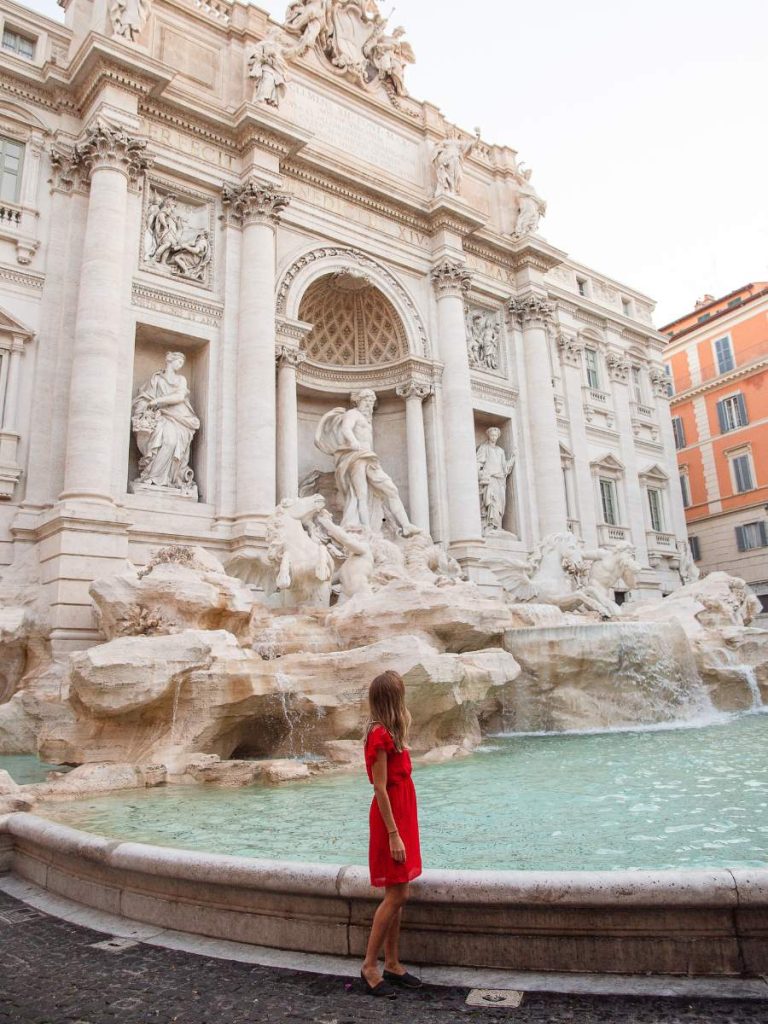
Italians are stylish by nature, but more importantly, they are culturally and contextually aware of where they are and how they present themselves. Nowhere is this more apparent than in churches, which are still active places of worship.
Walking into a cathedral with bare shoulders or short shorts might not seem like a big deal, especially in the sweltering summer months, but to many Italians, it’s profoundly disrespectful. You may even be denied entry to some of the most iconic churches in the country—including St. Peter’s Basilica or the Duomo in Florence—if you aren’t dressed appropriately.
It’s not about being fashionable. It’s about being respectful. A scarf or a light wrap can go a long way in covering up when needed. And trust me, you don’t need to be in high heels and a designer bag to blend in. But you should aim to look neat, intentional, and modest when visiting religious or sacred spaces. The rule of thumb? If you wouldn’t wear it to meet your grandmother—or your priest—it’s probably not a good choice for a church.
Beyond religious sites, dressing with care in Italy generally earns you better service and more polite treatment. Italians notice these things. You’ll be surprised how much more warmly you’re received at a trattoria or museum if you’ve put in just a little effort. Dressing well isn’t about vanity here—it’s a sign of self-respect and consideration for those around you.
3. Thinking Everything Should Work Like Back Home

If you’re traveling to Italy expecting everything to run like clockwork, as it might in Germany or the U.S., you’re in for a rude awakening—and perhaps a bit of a culture shock. The trains may run late, the bureaucracy may be maddening, and the concept of “open all hours” is almost laughable.
In Italy, life unfolds on its own time. Shops may close in the middle of the afternoon, restaurants don’t open for dinner until 7:30 or later, and public offices may keep hours that feel like a puzzle to solve. Getting frustrated or demanding that things change to fit your expectations will only cause friction and stress.
The better approach is to surrender to the rhythm. Embrace the “chiuso per pausa” signs, and take that long afternoon stroll instead. Understand that part of Italy’s charm is that it values life over productivity, pleasure over performance. You’ll rarely find a waiter hovering over your table, eager to flip it for the next customer—they’re letting you enjoy your meal. You’ll find people chatting in the street when they should be working, and that’s just the way it is. Don’t resist it. Join it.
Demanding fast service, expecting things to be open 24/7, or losing your temper when a train is delayed will only isolate you from the local experience. Instead, be flexible. Smile when things don’t go as planned. You might just discover that the best parts of Italy aren’t the ones you scheduled—but the ones that happened when you let go.
4. Touching or Climbing on Historic Monuments
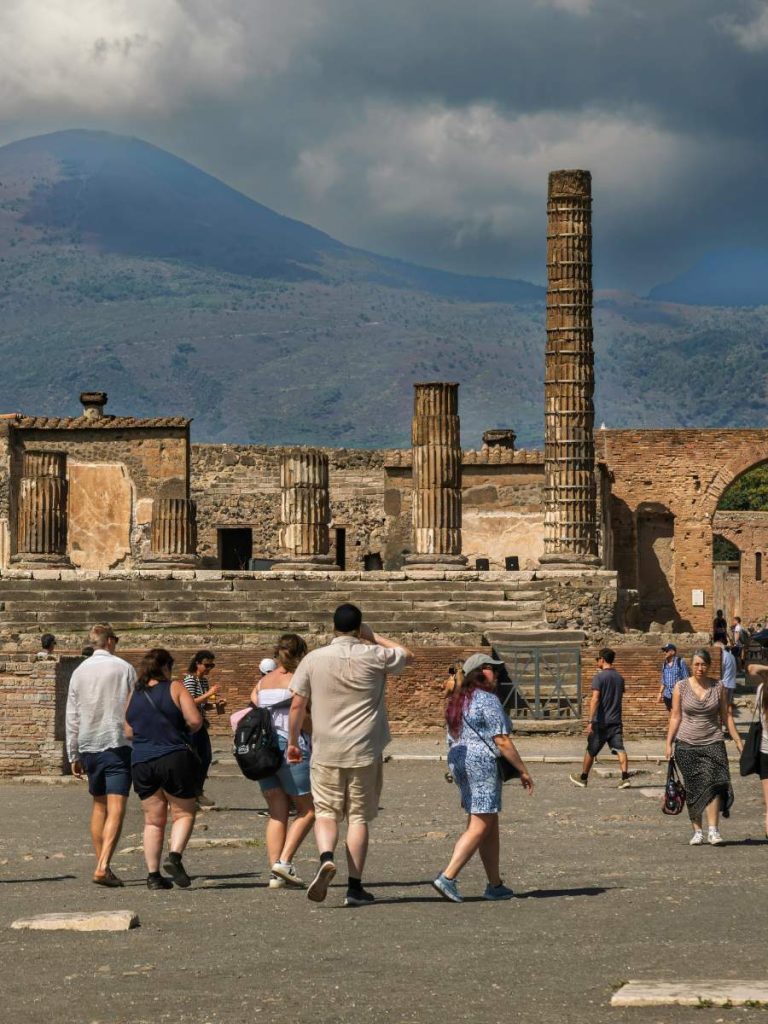
Italy is home to an overwhelming share of the world’s cultural treasures. From Roman ruins to medieval fountains, every corner of the country seems to whisper a story from the past. But these treasures are fragile, and increasingly, they’re under threat—from over-tourism, climate change, and yes, from tourists who simply don’t know better.
Sitting on a marble sculpture for a photo op, climbing up a centuries-old wall for a better view, or tossing coins in fountains that aren’t the Trevi can cause real damage, and in many cases, result in hefty fines.
Recent years have seen shocking headlines: tourists carving initials into the Colosseum, defacing frescoes in Pompeii, or knocking statues off pedestals in a bid for the perfect selfie. Each time, Italians—and the world—react with collective horror. These aren’t just stones.
They are irreplaceable pieces of human history. And no photo or TikTok video is worth their destruction. Touching statues, leaning on fountains, or even sitting on ancient steps might seem harmless, but over time, the wear and tear adds up.
Even if you don’t see a sign that says “do not touch,” assume you shouldn’t. Treat every sculpture and ruin with the reverence you’d show a sacred relic. In many ways, that’s exactly what they are. The best travelers are those who don’t just take photos—they protect what they’ve come to see.
5. Acting Like a Loud or Entitled Tourist
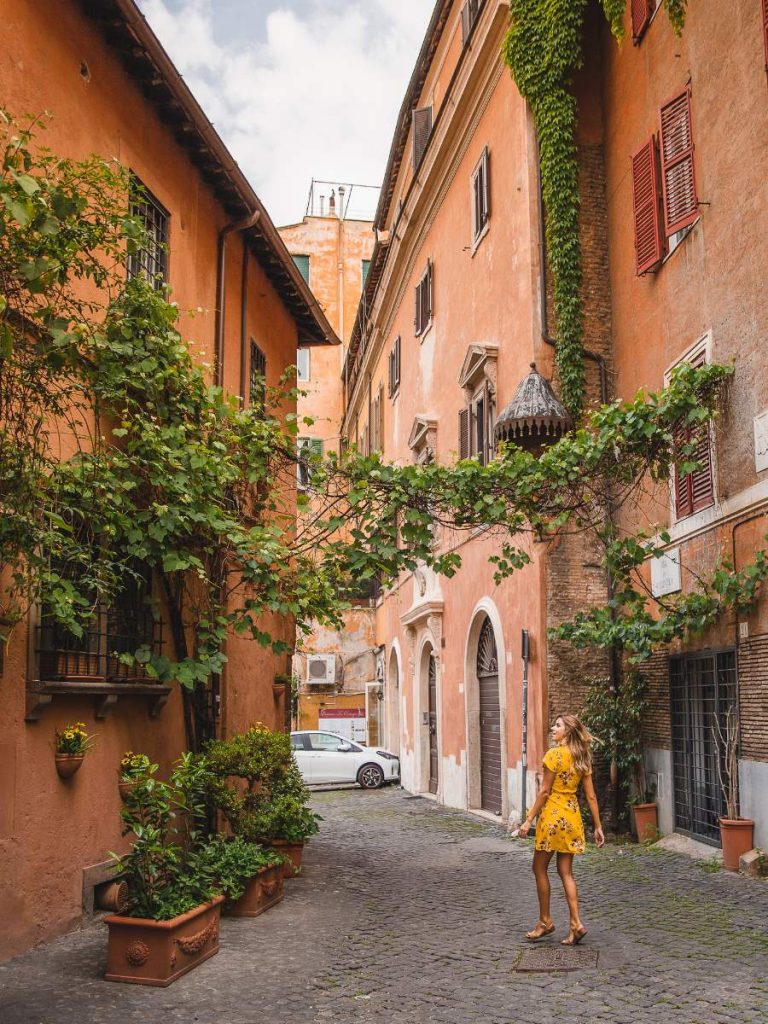
There’s a stereotype that haunts American and Northern European tourists in Italy: the loud, pushy, entitled visitor who expects everyone to speak English and everything to be just like home. And unfortunately, it exists for a reason.
Italy is a country that values good manners, quiet conversation, and an awareness of your surroundings. Speaking loudly on public transportation, shouting across piazzas, or playing music from your phone as you stroll through the street isn’t just annoying—it’s considered rude.
Equally problematic is entitlement. Barging to the front of a line, complaining when someone doesn’t speak fluent English, or snapping your fingers to get a waiter’s attention will earn you nothing but scorn. Italians appreciate politeness and patience. A friendly “buongiorno” or “per favore” goes a long way. You’re far more likely to get help—or even a little extra service—if you approach people with humility and a smile.
Remember: you’re a guest. And like any good guest, you should try to adapt to your host’s customs, not bulldoze over them with your own. The quieter, more observant traveler often finds themselves invited into conversations, treated with kindness, and given access to the kind of experiences guidebooks can’t sell.
6. Not Respecting Local Customs and Etiquette
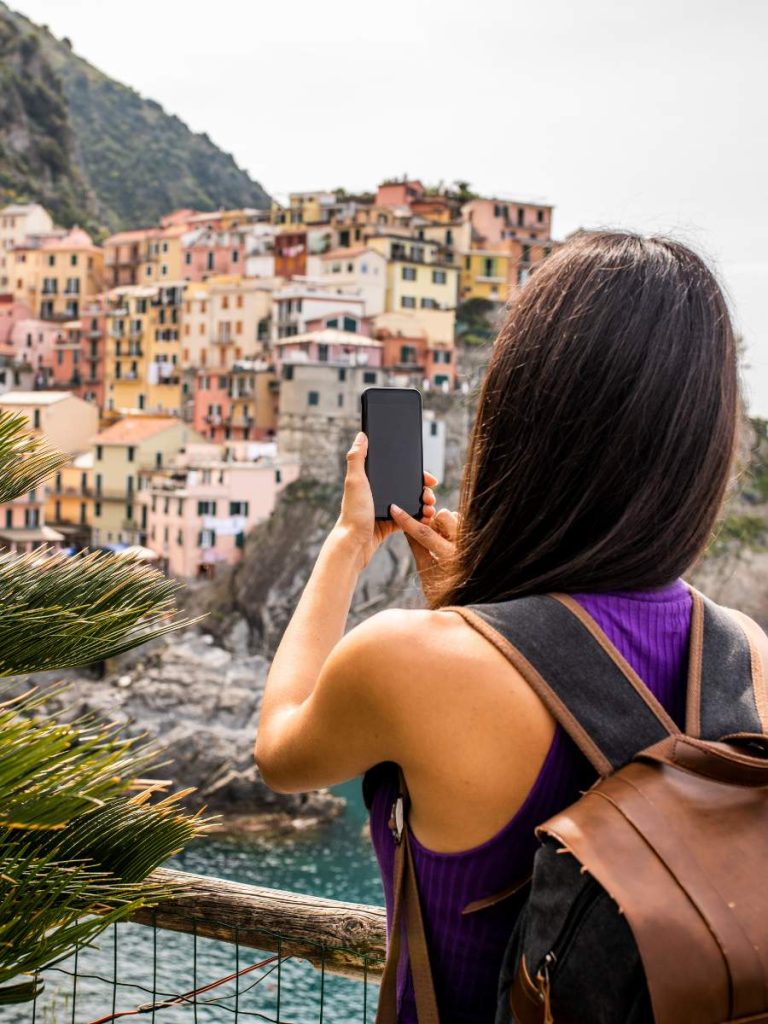
Italy is not a monolith. Each region, town, and even neighborhood has its own customs, celebrations, and rhythms. What’s appropriate in Milan might be frowned upon in Palermo. One of the worst things a tourist can do is fail to acknowledge that there’s a living, breathing culture behind the postcard-perfect scenes.
That means doing things like ignoring the siesta hours in small towns, taking photos of people without permission, or disrupting religious events because you think it’s a good backdrop for a video.
Another common mistake is misjudging tipping etiquette. Unlike in the U.S., tipping in Italy is modest and not obligatory. Trying to tip large amounts can confuse or even offend your server. It’s better to round up or leave a couple of coins for good service.
And public displays of affection? They might fly in parts of Rome or Florence, but in conservative areas or near churches, they can make people uncomfortable. What feels natural to you may be disruptive to locals.
Ultimately, respect comes down to observation. Watch what the locals do. How do they interact in cafés? How do they speak to elders? How do they dress at the beach versus at a church? Learn from them, and you’ll not only avoid embarrassing missteps—you’ll connect more deeply with the place you’ve come to see.
7. Overplanning or Underplanning Your Trip
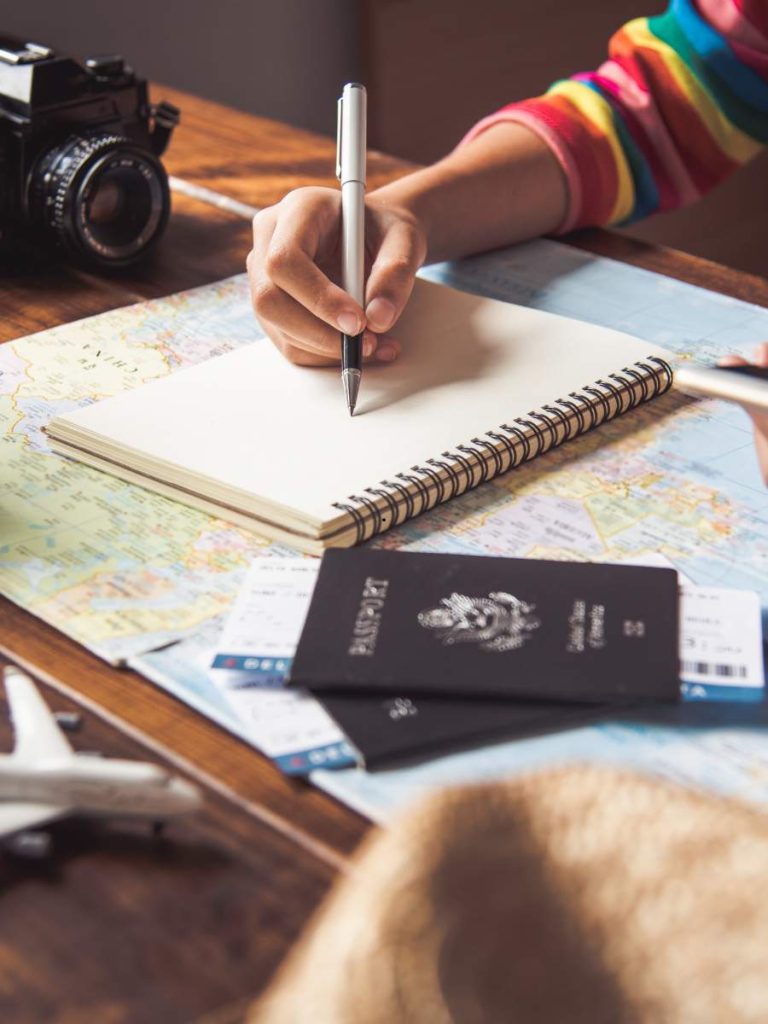
Traveling in Italy demands a balance between spontaneity and preparation. One of the worst mistakes tourists make is treating their Italian trip like a checklist. Rome in a day, Venice in six hours, Florence over lunch. Rushing through five cities in a week might make for a flashy itinerary, but it will almost certainly leave you exhausted and culturally disconnected. Italy isn’t a place to rush. It’s a place to linger, to savor, to soak in with all your senses.
On the flip side, failing to plan at all can lead to unnecessary frustration. Want to visit the Uffizi or the Vatican Museums? You’d better book weeks in advance or prepare to stand in line for hours. Want to take a train to Cinque Terre or Pompeii? You’ll need to know how to read the schedule—and validate your ticket—or risk a fine. A little research goes a long way in Italy, especially when it comes to high-demand attractions and transportation logistics.
The key is to build in room for both: time to get lost in alleyways and time to marvel at masterpieces. Don’t let your itinerary strangle the joy out of your journey. Leave space for a slow lunch, an unplanned detour, or a long conversation with a shopkeeper who just told you about her grandmother’s olive grove. That’s where the real magic of Italy lives.
Conclusion
Italy isn’t just a destination—it’s an experience. But that experience only reveals its best self to those who approach it with curiosity, patience, and above all, respect. These seven mistakes aren’t just social slip-ups; they represent missed opportunities to connect with a place that has given the world so much beauty, wisdom, and culture.
So slow down. Dress with care. Speak softly. Eat like a local. Learn a few words of Italian. And most importantly, remember that you are not just traveling—you are entering someone else’s home. Act like it. The memories you’ll make when you travel this way? They’re the ones that will last a lifetime.

